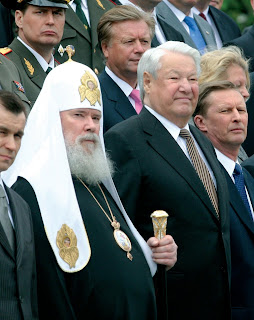LOOK WHAT I’VE CREATED
WHAT I’VE CREATED
Give a print out, what do you get? A simple paper copy. What if you are an architect or a ceramic designer and you want to see your creation that you have so tediously made as a 3D object? Well you will be off to purchase thermacol, clay, paints and adhesives to build the model, right? Wrong. Just get a 3D printer. This amazing printer works like ordinary inkjet printer, but builds layers on layers; ultimately producing a 3D copy. With this method, you get to convert a three-dimensional image into a real object. Contemplating the futuristic importance of 3D printing, it is finding increased use in bio-technology & tissue engineering.
For Complete IIPM Article, Click on IIPM Article
 WHAT I’VE CREATED
WHAT I’VE CREATEDGive a print out, what do you get? A simple paper copy. What if you are an architect or a ceramic designer and you want to see your creation that you have so tediously made as a 3D object? Well you will be off to purchase thermacol, clay, paints and adhesives to build the model, right? Wrong. Just get a 3D printer. This amazing printer works like ordinary inkjet printer, but builds layers on layers; ultimately producing a 3D copy. With this method, you get to convert a three-dimensional image into a real object. Contemplating the futuristic importance of 3D printing, it is finding increased use in bio-technology & tissue engineering.
For Complete IIPM Article, Click on IIPM Article
I’M A PART OF YOU!

From wear your clothes, to wear your attitude, to wear your computer now! That’s the degree of personalisation we are looking forward to in the future. Personal computer will be more personal than before and will spend more time with you. The concept of wearable computing will put to test the question of how and when to use a computer and puts forth the proposition that computers can be a part of us, as much as our own clothes, sunglasses etc. This ‘always ready’ capability will lead to a new form of synergy between human & computer, characterized by long-term adaptation through constancy of user interface.
For Complete IIPM Article, Click on IIPM Article
Source : IIPM Editorial, 2007
An IIPM and Professor Arindam Chaudhuri (Renowned Management Guru and Economist) Initiative
An IIPM and Professor Arindam Chaudhuri (Renowned Management Guru and Economist) Initiative

 weapons were unleashed, deliberately or accidentally, and no full-scale war of the kind that ravaged post-communist Yugoslavia broke out between Russia and any of its neighbors, although several of them were locked in internal or regional conflict in which Russia’s hand was visible. The tasks that faced Yeltsin when he attained power in 1991 were monumental. At several crucial moments, he established himself as a person who could rise to the challenges of transforming Russia from a dictatorship into a democracy, from a planned economy into a free market, and from an empire into a medium ranked power. In 1992, as the emerging Russian Federation teetered on the brink of economic and monetary collapse, he opted for radical reform, prompting a backlash from vested interest groups. In the years that followed, he would tilt toward liberal economics whenever he felt powerful enough to do so.
weapons were unleashed, deliberately or accidentally, and no full-scale war of the kind that ravaged post-communist Yugoslavia broke out between Russia and any of its neighbors, although several of them were locked in internal or regional conflict in which Russia’s hand was visible. The tasks that faced Yeltsin when he attained power in 1991 were monumental. At several crucial moments, he established himself as a person who could rise to the challenges of transforming Russia from a dictatorship into a democracy, from a planned economy into a free market, and from an empire into a medium ranked power. In 1992, as the emerging Russian Federation teetered on the brink of economic and monetary collapse, he opted for radical reform, prompting a backlash from vested interest groups. In the years that followed, he would tilt toward liberal economics whenever he felt powerful enough to do so.